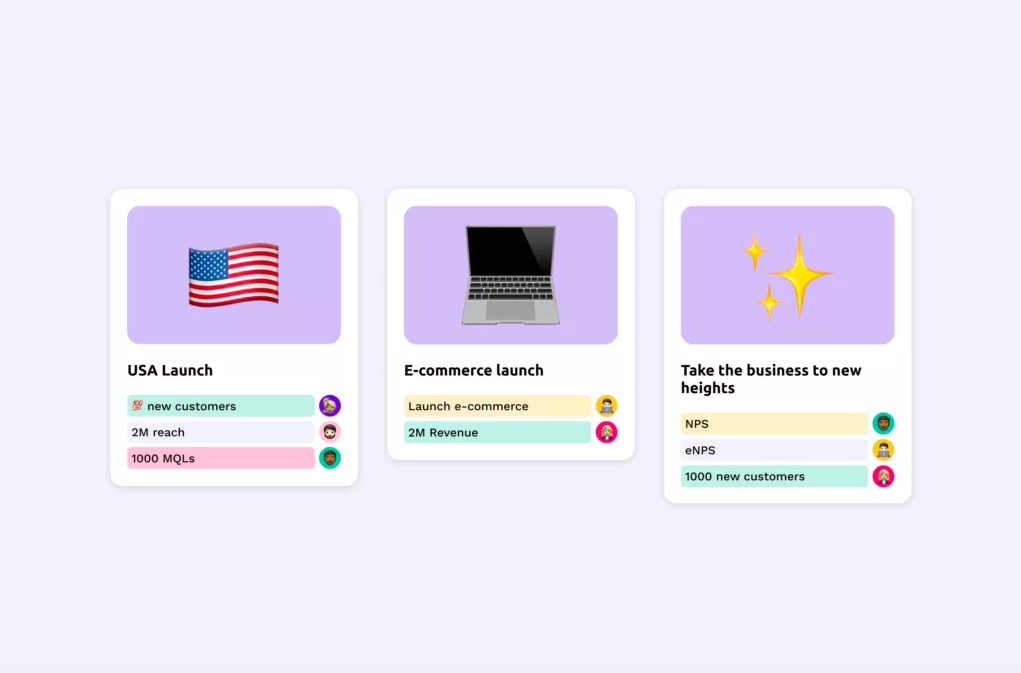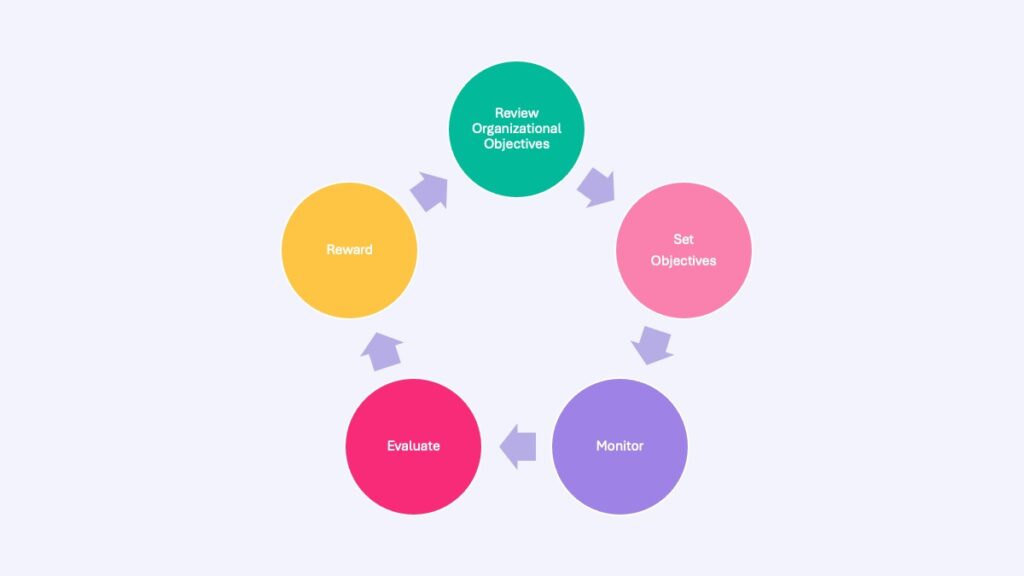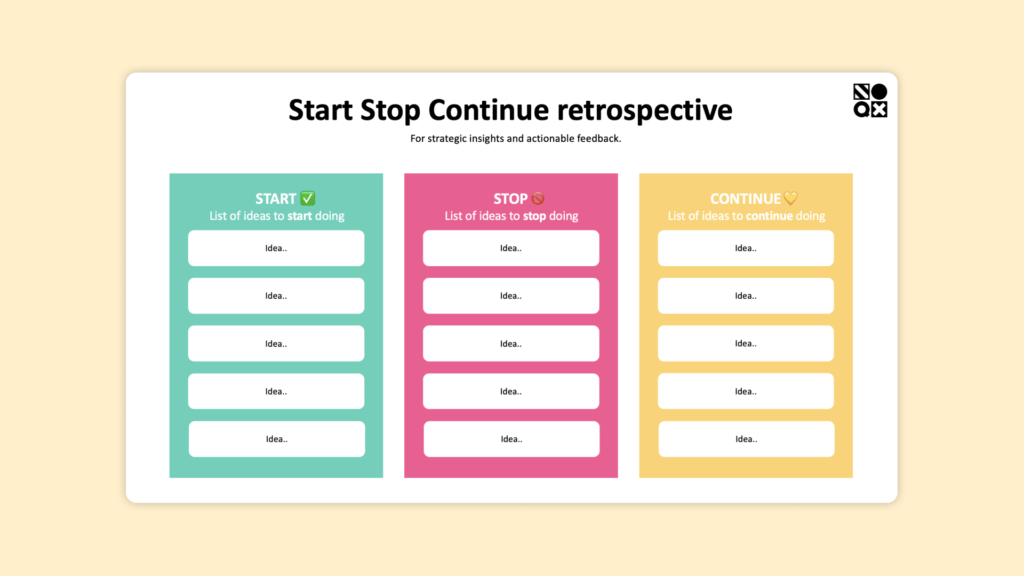Welcome to the world of OKRs – Objectives and Key Results. In today’s business world, OKRs are like a secret weapon for setting and reaching goals. This article is here to make the OKR meaning crystal clear and show you how important they are for making your organization successful. Let’s dive into the basics of OKRs!
What are OKRs and what does it mean?
OKRs, Objectives and Key Results, is a super useful tool for goal-setting in business. They help organizations decide what they want to accomplish and keep everyone on the right path. The “Objective” is like a big, inspiring goal that the whole team or company works towards. And then, you have “Key Results,” which are specific and measurable outcomes showing how things are going. In simple terms, OKRs are your map to make goals happen.
OKRs are easy to use and can change as needed. You usually set them for a few months or a year. They bring transparency, making sure everyone in the team knows what they are aiming for. This results in accountability, where everyone shares responsibility for the organization’s overall success. Essentially, OKRs offer a clear and flexible approach to guide organizations toward their goals.
How do I use OKRs?
Using OKRs effectively is a breeze. Start by setting clear goals and break them into smaller, measurable steps. Ensure everyone’s goals align with the big picture. Keep an eye on the most important goals, check progress regularly, and adjust if needed. Besides, sharing goals with the team and celebrating achievements boosts morale! Learn from challenges, refine strategies, and keep getting better. Encourage your team to be flexible and learn from experiences. These simple steps turn OKRs into a handy tool for achieving goals and growing together!
When do I use OKRs?
Using OKRs is crucial for keeping employees engaged and satisfied. You can set goals every few months, every six months, or once a year, depending on your team and organization. Especially with more people working remotely, OKRs are super helpful. They make workflows smoother, improve communication, and ensure everyone is on the same page with the company’s goals, even if they’re working from different places.
OKR examples
OKRs are a super easy tool that works for almost any business to set goals. Firstly, you write down a clear and ambitious goal with a timeframe. Then, you pick three to five specific and doable things that will help you reach that goal. Below are some good examples of OKRs that’s gonna help you understand the OKR meaning better.
Boost Customer Satisfaction 🏆
- Key Result 1: Achieve a Net Promoter Score (NPS) increase of 20 points within the next quarter.
- Key Result 2: Reduce customer support response time to under 30 minutes on average.
- Key Result 3: Implement feedback from at least 90% of customer surveys in the upcoming product update.
Strengthen Team Collaboration 👥
- Key Result 1: Conduct monthly team-building activities with 80% participation.
- Key Result 2: Increase employee engagement scores by 15% in the annual survey.
- Key Result 3: Launch a cross-functional project with members from different departments.
Expand Market Presence 🎯
- Key Result 1: Enter two new international markets by the end of the fiscal year.
- Key Result 2: Increase organic website traffic by 25% through SEO optimization.
- Key Result 3: Secure partnerships with three prominent industry influencers in the next six months.

Benefits of OKRs
Firstly, OKRs provide more than just a trendy phrase – they serve as a strategic powerhouse. Now, let’s explore the many benefits they offer, revealing the deep OKR meaning and explaining why they’re a crucial tool for organizational success.
- Clear Goals: Set specific objectives to give teams a roadmap; everyone’s on the same page.
- Team Harmony: Boost collaboration by ensuring everyone understands the goals; this leads to smooth teamwork.
- Efficiency Boost: Make workflows more straightforward by assigning clear roles in reaching shared objectives.
- Motivation Spike: Make sure everyone grasps the OKR concept for a morale boost and a stronger sense of purpose.
- Flexibility: Stay adaptable to changes in the business scene; check in regularly for adjustments.
To sum up, OKRs simplify complex processes, giving meaning to goals, promoting teamwork, enhancing efficiency, motivating individuals, and ensuring adaptability for organizational success. In other words, embracing OKRs can lead to thriving outcomes!
Do you want to know more OKRs and how to use them? Be sure to check out our OKR-guide.




